ENABLING CIRCULARITY
A DESIGNER’S GUIDE TO FIBER RECYCLABILITY
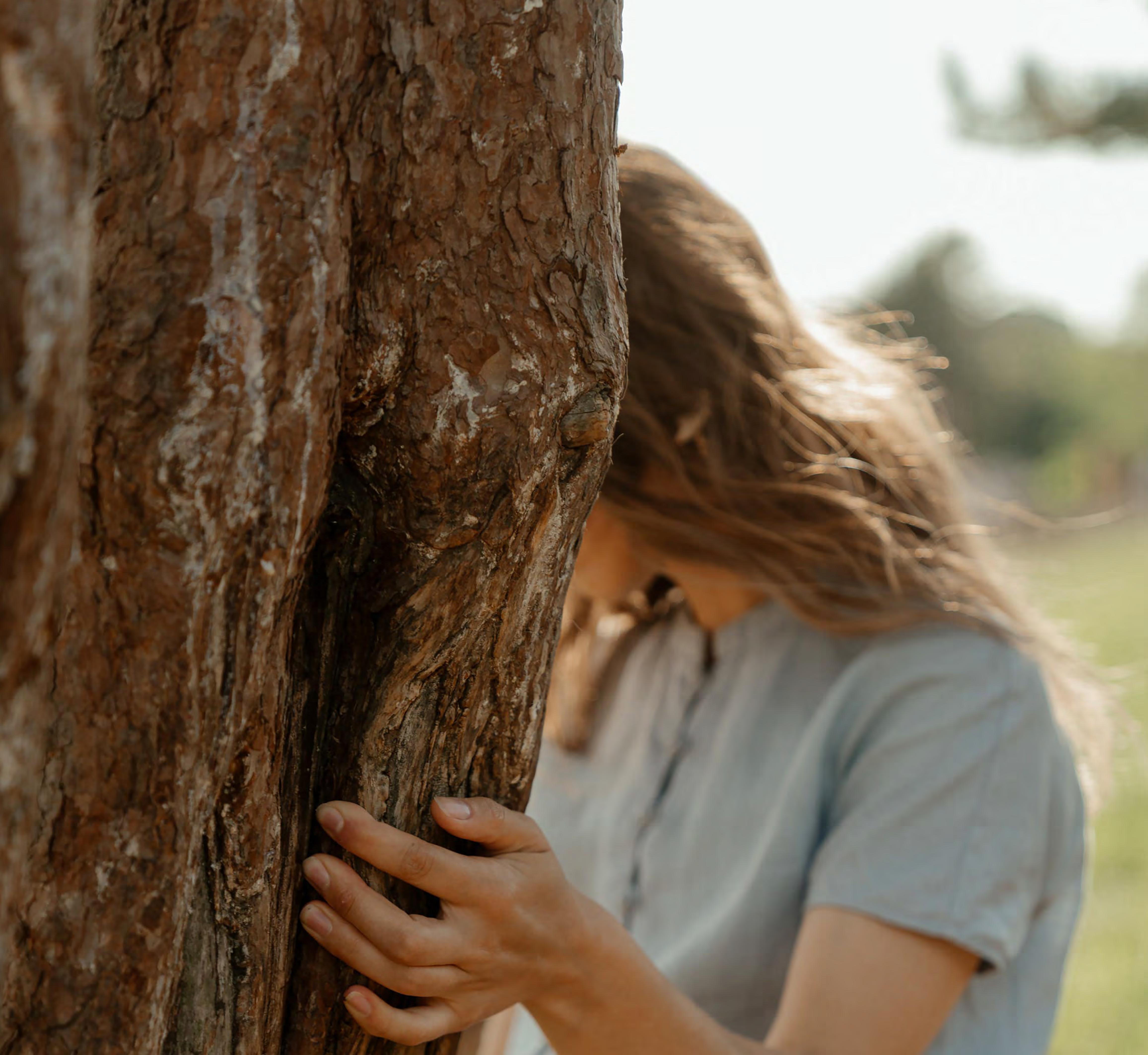
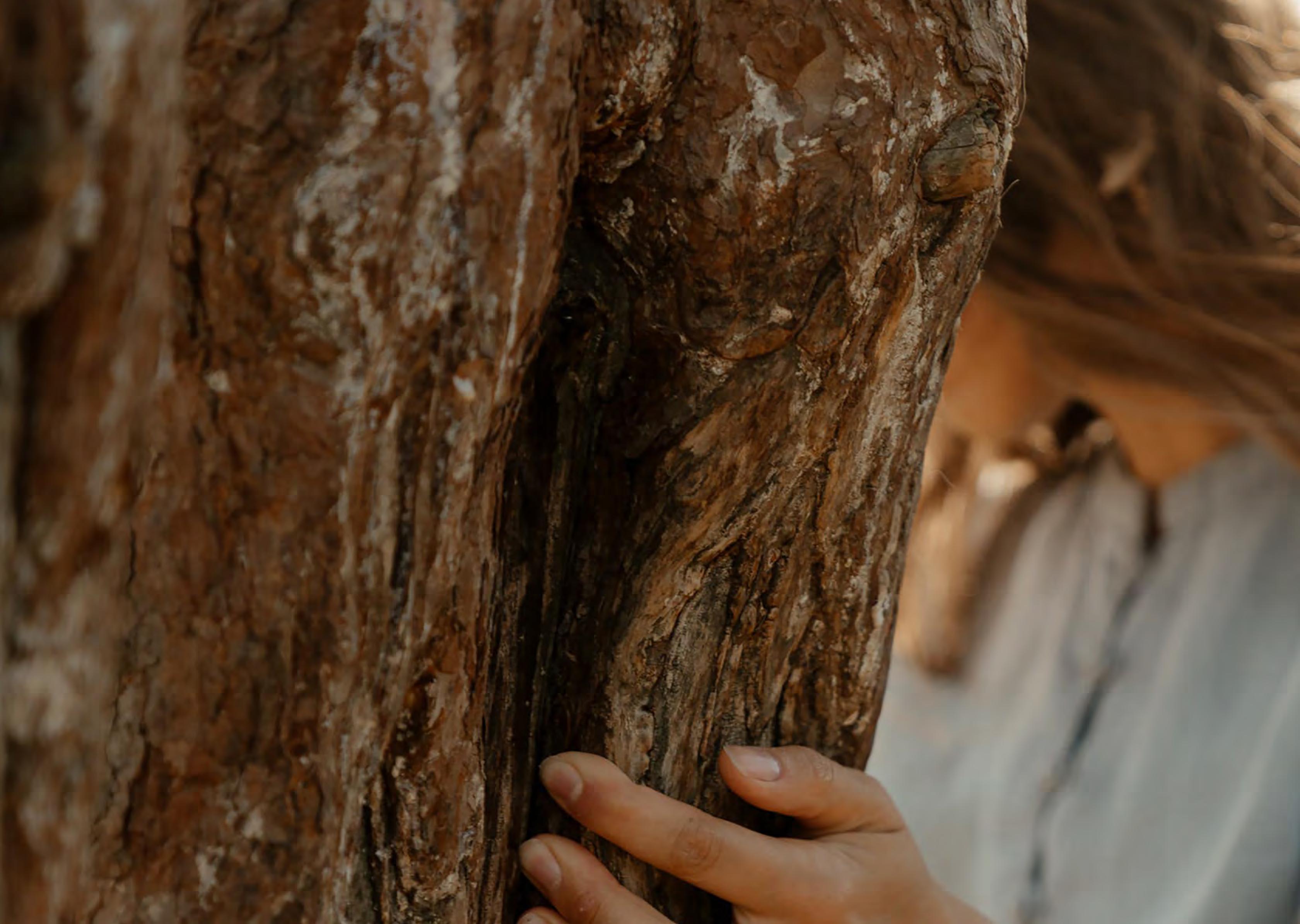




Designing with circularity in mind can change the industry. By making design decisions with reuse -, repair-, recycle – mindset we can reduce the environmental impact of fashion and textile.
The textile challenge concerns overconsumption, overproduction, and designing products without thinking about their recyclability. But this is about to change. To get there, we need to change how garments are made from scratch.
OnceMore® and Lenzing are combining knowledge, experience, and technology to enable textile-totextile recycling. Through the OnceMore® process, chemical recycling gives new life to old textile fibers so they can be used again.
THIS GUIDE AIMS TO EXPLAIN HOW WE CAN ENABLE RECYCLING AT THE DESIGN STAGE BY CHANGING HOW WE DESIGN, WITH A FOCUS ON:
• Design choices that can reduce environmental impact.
• Perspectives that enable circularity and recycling, such as relevance, longevity, use, materials & details.
• Solutions to ensure fiber-to-fiber recycling.
By simplifying the decision-making process for designers, we hope to enable fiber-recyclable textiles and garments to enter – and later re-enter – the market.
Circularity in this guide refers to textiles and garments made to last, be reused, repaired, and designed to be recyclable at the end of their life to a fiber that can be used again, thus closing the loop.
A circular product is made to be reused and repurposed – designed to circulate for as long as possible and eventually be recycled to become a new textile product. What makes a product circular depends on what materials are used, how they are put together, how details are chosen and applied, and how they are disassembled and circulated once more.
There is an increasing awareness beyond the textile community – from pressure groups and among a growing consumer base – of the resource intensiveness of the industry. To meet future demand for clothing while minimizing environmental impacts associated with both production and end-of-life, there is an urgent need to source alternative fibers, and to take full advantage of recycled fibers.
The EU textile strategy is focused on ensuring that textile products placed on the EU market are in line with the circular economy, meaning that they should be durable, repairable, recyclable, and largely made from recycled fibers. The strategy aims to reduce waste and enable recyclability, thereby minimizing climate impact. This means that brands, designers, and recyclers need to work together to make a shift toward circular textiles.¹
The demand for circularity – and the aim of the EU strategy to have full product circularity by 2030 – will change the way we look at manufacturing, design, use and recycling, to minimize waste and climate impact. For instance, choosing what materials and details to use will be crucial in ensuring longevity and durability, and how garments can be recycled at end-of-life.²
OnceMore® and Lenzing have partnered up on their mission to create a future where textiles are used, reused, and recycled – thereby facilitating a circular and sustainable use of raw materials. With this guide, we aim to educate and inspire designers through a holistic approach to operative design work – toward a shift in mindset – moving the textile industry from a linear into a circular business model.
The industry needs a systemic transformation that cannot be achieved by two companies alone; however, innovators like OnceMore® and Lenzing can play an active role in sharing knowledge and insights to inspire designers to take recyclability into account as an integral part of their design process. Through continuous development, the partners are constantly raising the bar for what can be recycled. But the focus is on textiles that cannot be reused in any other way, and which can therefore be given a high-quality second life to prevent downcycling, landfill or incineration.

The waste hierarchy refers to how we can reduce waste. Firstly, is the garment needed? Can it be reused? Once the garment has been used to the point that it can no longer be worn, it can be recycled into fibers (through mechanical or chemical recycling) that can be used again. If recycling is not possible, the last steps are to dispose or recover energy by incineration.
OnceMore® and Lenzing have a history of working together for over 10 years, developing textile pulp, and more recently, processes of textile recycling. With a mindset of improving, and with robust knowledge and expertise at hand, OnceMore® and Lenzing saw opportunities to complement each other's skills in their respective textile recycling processes and roles in the value chain, and hence decided to collaborate to achieve faster progress.
The collaboration has led to the development of new methods of textile recycling on an industrial scale, for the OnceMore® process. OnceMore® is the world’s first large-scale process for recycling blended fabrics, turning cotton into fibers which can be used again. Other fibers are incinerated and the energy recovered is used elsewhere in the process.
The collaboration spans across the textile value chain, transforming the textile industry into a circular economy and driving change through partnership. Since June 2023, the OnceMore® and Lenzing collaboration has received an EU subsidy of EUR 10 million as part of the LIFE 2022 program to further develop the recycling of textile waste on an industrial scale. With this project, which is cofunded by the EU and supported by the European Climate, Infrastructure and Environment Executive Agency (CINEA), both companies are pooling their decades-long experience, knowledge, and technology to develop the unique OnceMore® process under the banner of LIFE TREATS³ ⁴ (Textile Recycling in Europe AT Scale).
OnceMore® is the world’s first large-scale process for recycling blended fabrics. It enables circularity when producing new MMCF products and is making an important contribution in the shift toward a sustainable textile industry.
The process combines textile waste with wood from responsibly managed forests to produce high-quality textile pulp – an industrialized solution that is commercially available, at scale.
ONCEMORE® IN CHARGE OF TEXTILE PULP

TRANSFORMING THE TEXTILE INDUSTRY TOGETHER
LENZING IN CHARGE OF FIBER PRODUCTION
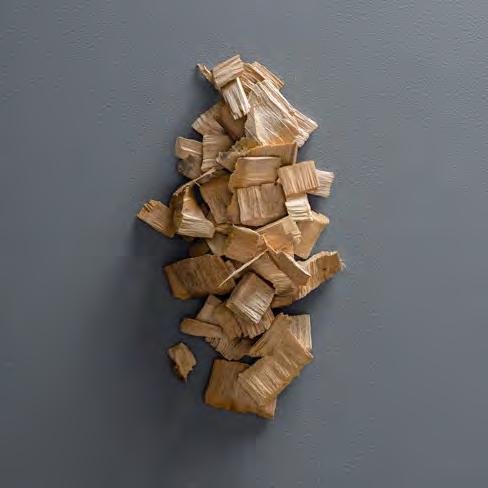





– ENVIRONMENTAL IMPACT OF THE INDUSTRY ON A GLOBAL SCALE
– ANNUAL TEXTILE CONSUMPTION GLOBAL SCALE
– ENVIRONMENTAL IMPACT IN FASHION VALUE CHAIN

Textiles make up the fourth highest pressure category for the use of primary raw materials and water – after food, housing, and transport – and the fifth for greenhouse gas emissions.⁵ In the past two decades, annual textile consumption has nearly doubled from 7 to 13 kg per person,⁶ reaching over 100 million tonnes of textile consumption.⁷ Five million tonnes of clothing –almost 12 kg per person – are discarded each year in the EU. Only 1% of the material in clothing is recycled into new clothing.⁸
The number of garments purchased per capita (globally) increased by about 60% between 2000 and 2014. For nearly every apparel category, consumers keep clothing items for about half as long as they did 15 years ago; the lowest-priced garments are nearly treated as disposable, discarded after less than 10 wears.⁹ Linear business models and fast fashion has led to a high per-capita consumption of material resources and associated waste generation. Rather than reusing and recycling, it is estimated that 87% of total fibers input at global level is landfilled or incinerated following first use. Such material waste is valued at an estimated loss of more than USD 100 billion yearly.¹⁰ A transition from the current linear economy toward a circular one entails changing how textiles are designed, produced, sold, used, collected, and treated at end-of-life.

– DESIGNING FOR CIRCULARITY
– POSSIBILITY
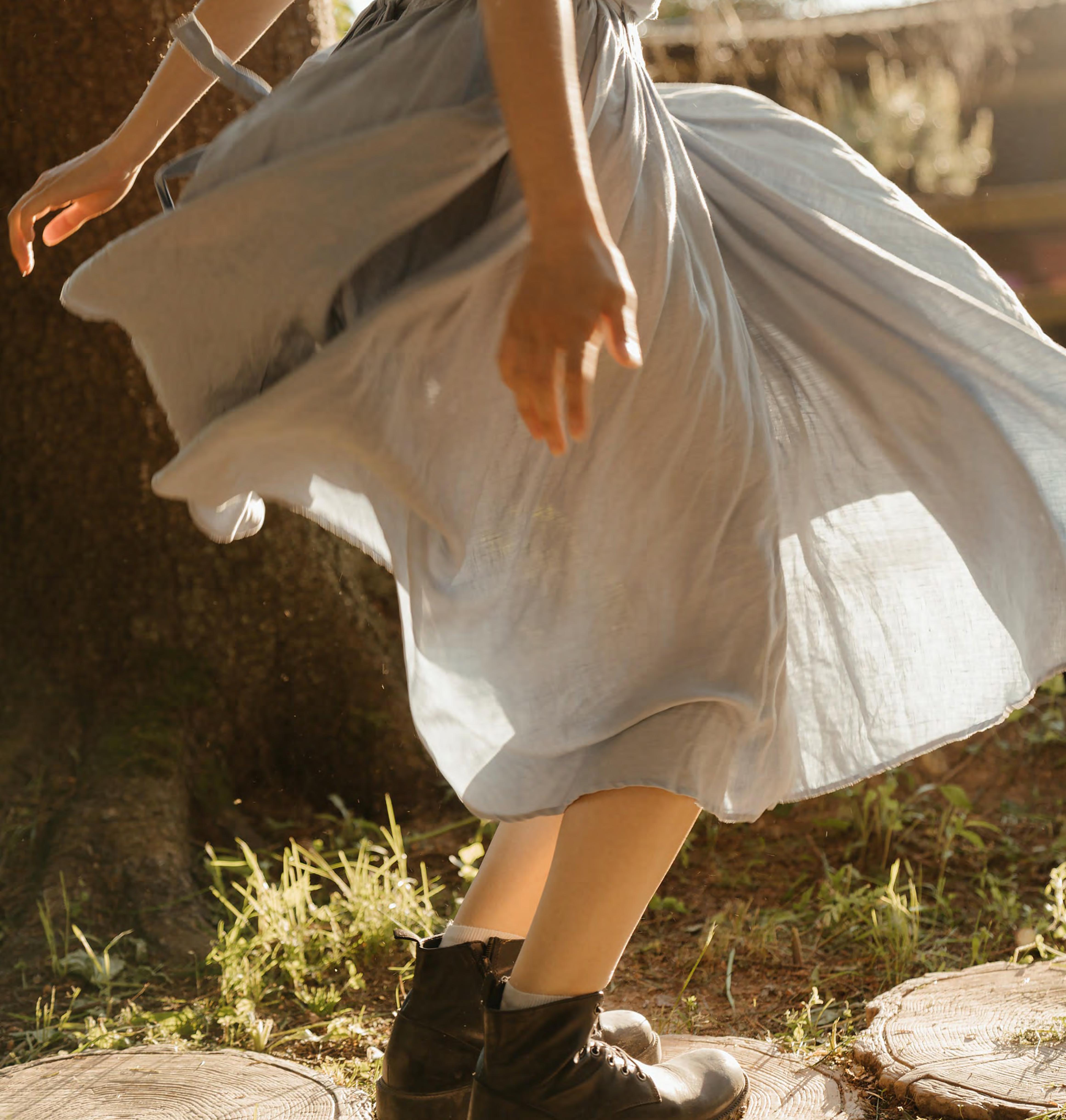
Design sets the course for the product in terms of longevity, durability, reuse, repair, recyclability at end-oflife, and re-use of recycled fibers.
Scaling fiber recycling requires effort at both ends of the value chain. But it all starts with the design of the garment – how it is constructed and what materials are chosen.
Recycling blended fibers is a huge challenge. But by knowing what can be processed, recycled, and circulated, designers can enable textile-to-textile recycling. It's all about materials used, composition and detailing.
The designer has a huge influence on the recyclability of garments. Designers can reduce negative climate impact with 1.2 million ton CO2-equivalents / year, by choosing the right design, depending on what can be recycled and circulated.¹³
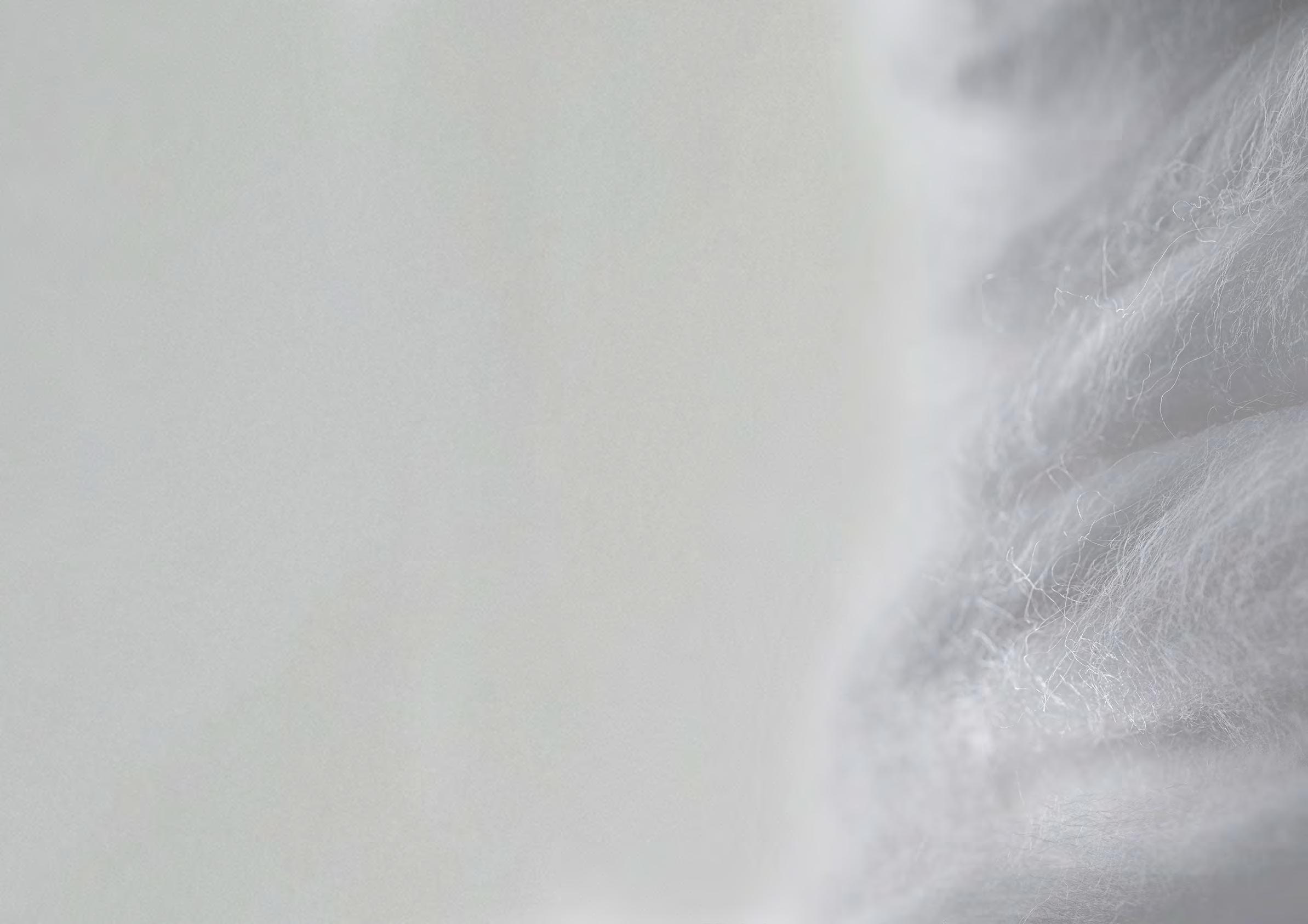
DESIGNERS CAN REDUCE NEGATIVE CLIMATE IMPACT WITH 1.2 MILLION TON CO2EQUIVALENTS EVERY YEAR, BY CHOOSING THE RIGHT DESIGN, DEPENDING ON WHAT CAN BE RECYCLED AND CIRCULATED.
Incorporating circularity means designing a garment for the purpose of use, and making the choices that enable reuse, repair, and recycling.
This guide is focused on design that enables fiber recycling – recycling through which textiles are broken down into a molecular level that then makes up parts of new fibers and textiles, to be used again and again, thus closing the loop.
To maximize circularity and environmental benefits, materials should first be efficiently used and reused, after which fiber recycling remains an option limited to the product’s end-of-life stage.
Designers can include several circular design principles in the design process – design for fiber recycling being one of them. One could, for example, design for both durability and repairability, while also ensuring sustainability for closed-loop recycling at the end of the product’s life. In this way, reuse and recycling are not competing strategies, but complimentary, as part of a circular economy.

RELEVANCE
USE
CHOOSING DETAILS

YOU MAKE THE CHOICES THAT ENABLE CIRCULARITY AND RECYCLING. HERE ARE A FEW SIMPLE STEPS TO GUIDE YOU TOWARDS ENABLING CIRCULARITY AND RECYCLING.
RELEVANCE:
Is the product relevant, wearable, and desirable for my customer segment? Will it deliver on customer requirements? Knowing your customer segment, needs, style, and expectations is crucial in all types of product development. If you skip this first step, the product risks ending up as deadstock, left at the back of the wardrobe, or in the worst case, as waste.
CONSIDER THE FOLLOWING TO ENSURE MEETING CUSTOMER REQUIREMENTS:
• Timing/season
• Trend
• Function

EXAMPLE:
CIRCULARITY FOR A SPECIAL-OCCASION DRESS
RELEVANCE & LONGEVITY: Special-occasion dress, long lifespan
MATERIAL: Main material used: TENCEL™
DETAILS: Recycled polyester thread for durability, zipper with cellulosic fiber zipper tape
CIRCULARITY: Focus on durability to enable re-use and recyclability at its end of life. Consider using materials that can stand the test of time and a sustainable interlining (for example glue is still a challenge in sorting).
To use resources in the best way, you need to understand how your product will be used. For how long and how much will this product be used? And what will it be used for? Understanding the durability and quality needed provides insight into how to design and what materials to choose.
CONSIDER THE FOLLOWING WHEN CHOOSING MAIN MATERIALS AND OTHER COMPONENTS:
• Short lifespan: Prioritize design for recyclability – a product that is easy to disassemble at the product’s end-of-life.
• Medium lifespan: Prioritize design with durability, re-use and recyclability equally in mind.
• Long lifespan: Prioritize design for durability and prepare the product for a long life where the first steps towards circularity is re-use and repair.
Components, trims, and details play a big part in making an item recyclable. But what are the main things to consider when choosing components, main materials, trims, and processes that enable circularity and recyclability? If there are plastic accessories, for instance, these will have to be removed manually.
MATERIAL,
• Choose a material made from safe, renewable- and/or recycled or regenerated fibers, such as cotton, or use mono-material, not blended types of fiber.
• Prioritize materials suitable for fiber recycling, such as natural or regenerated natural cellulose.
OTHER COMPONENTS & TRIMS:
• Choose thread, interlining (glue is a challenge in recycling), pockets, zipper-tape, labels etc. with as similar input as your main materials (or if possible, made from the same material).

EXAMPLE:
CIRCULARITY IN A T-SHIRT
RELEVANCE &
LONGEVITY: T-shirt everyday wear with short to medium lifespan
MATERIAL: 70% Organic Cotton 30% Polyester
COLOUR: Red
CIRCULARITY: Can be recycled because of the blend of materials. Cotton can be recycled into new fibers and the polyester will be recycled into energy. In the future, the unique OnceMore® process will be able to take all colors (excluding VAT).
EXAMPLE:
CIRCULARITY IN A ZIPPER HOODIE
RELEVANCE &
LONGEVITY: Zipper hoodie with embroidery in cotton / polyester mix.
MATERIAL: 100% cotton
DETAILS: Metallic zipper and embroidery
CIRCULARITY: Reuse, resell and then recycle (cotton can be 100% recycled into fibers that can be used again (even the label if made by cotton)). Metallic buttons and zippers can be removed, and the embroidery can go into fiber recycling.
– FIBER RECYCLING AND ITS POTENTIAL
FIBER RECYCLING TODAY AND TOMORROW
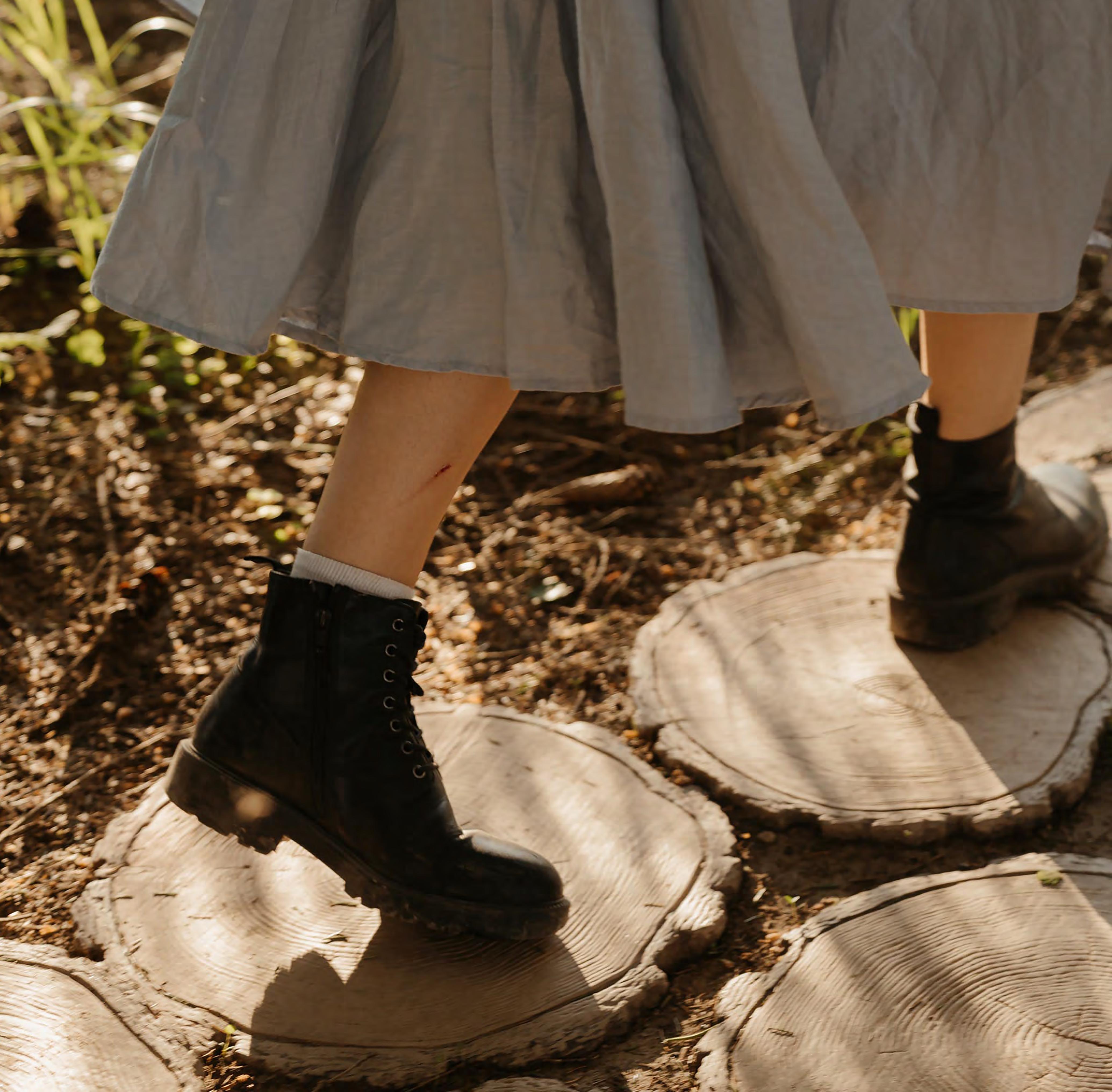
Textile recycling is a powerful lever to minimize environmental impacts associated with production – where the largest climate impact occurs –replacing virgin material upstream so that it can be used for other purposes.¹²
Textiles can be recycled into fibers that can be used again. And it is all part of a value chain of designing, producing, using, collecting, sorting, pre-processing, and recycling. Once textile waste is transported to sorting facilities, textiles are categorized into what can be reused, recycled, downcycled, and what should be incinerated or put in landfill.
The OnceMore® process enables fiber to fiber recycling with the same fiber quality as new fibers.
FIBER RECYCLING TODAY AT ONCEMORE®
As a world first, the OnceMore® process can handle, recover, and recycle blended fibers. Today, the process can already handle:

FIBER TYPE
COTTON
POLYESTER
POLYESTER BASED ELASTIC FIBERS / ELASTOMULTIESTER
OTHER CELLULOSICS (VISCOSE, LYOCELL, HEMP ETC.)
OTHER FIBERS (ELASTANE, ACRYLICS, POLYOLEFINS, NYLON ETC.)
FIBER RECYCLING TOMORROW AT ONCEMORE®
Continuous development work will enable OnceMore® to expand what can be handled, recovered and recycled, to include more colors, more trims and details, and blended fibers to a larger extent.
FIBER TYPE
COTTON
POLYESTER
POLYESTER BASED ELASTIC FIBERS / ELASTOMULTIESTER
OTHER CELLULOSICS (VISCOSE, LYOCELL, HEMP ETC.)
OTHER FIBERS (ELASTANE, ACRYLICS, POLYOLEFINS, NYLON ETC.)
COLORS AND DYES EXCEPT FOR VAT (SUCH AS TIE-DYE AND INDIGO) YES TO DISPLACEMENT PRINTS, PIGMENT PRINTS AND REACTIVE PRINTS. NO TO PVC PLACEMENT PRINTS.
Once a garment has been used, perhaps reused, repaired, and no longer can be worn, it can be recycled. In the EU, only 22% of used textiles are collected for re-use or recycling . How can we make it easy for the customer to give the product a new life, a new owner, and to recycle the garment at end-of-life?
THERE IS AN OPPORTUNITY TO INSPIRE, EDUCATE AND ENGAGE YOUR CUSTOMERS.
• Use labels on the final garment with information about the product – that it is designed to be circular (the composition, care, materials used) and how they can be recycled.
• Involve communication in the circular design process so that stories about the garment can be told. Explain how it is made, how it can be repaired and that it can be recycled at end-oflife.
• Engage with your consumers by sharing data, knowledge and how they can be a part of closing the loop.
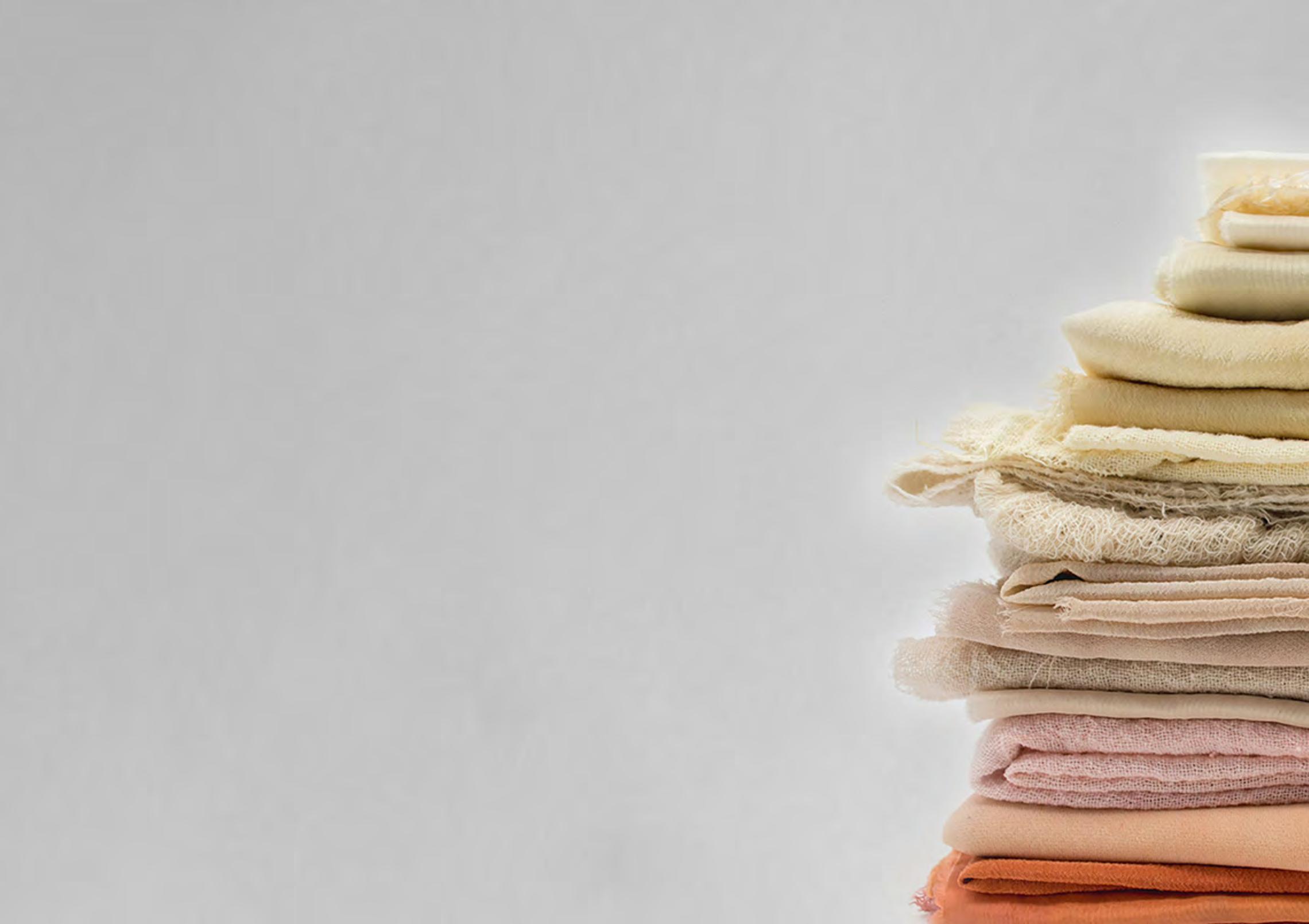
For designers, there is both an opportunity and a joint responsibility to design for circularity. Design is what determines the circular journey of the product. You have the power to change the industry into a circular one.

BLENDED FIBERS:
The fabric is composed of more than one fibertype.
CHEMICAL RECYCLING:
Chemical recycling of textiles is the chemical breakdown of fabrics into its basic building blocks and the removal of colorants and other contaminants.
MECHANICAL RECYCLING:
Mechanical recycling is a widely-used process for recycling textiles into new yarns. It employs physical processing techniques, including the shredding of textiles into smaller pieces.
DOWNCYCLING:
The process of downcycling refers to recycling a product into a new product of lower quality, or with different properties or characteristics as compared to the original product. Recycling a cotton T-shirt into a cleaning rag is an example of downcycling.
In the field of waste management, extended producer responsibility is a strategy to add all the environmental costs associated with a product throughout its lifecycle to the market price of that product.
FIBER COMPOSITION:
The chemical distinguishable composition of a fiber, usually expressed by mass percentage.
FIBER RECYCLING:
Recycling textiles into fibers, enabling them to be made into new textiles again.
FIBER SORTING:
Separation of textile streams based on fiber type – can be done either manually or assisted by technology.
Textile product groups that include medical textiles, geotextiles, filters, conveyor belts, car safety belts and parachute cords.
Fibers from cellulosic matter of plants (usually trees) or reclaimed feedstock that is processed into a pulp, dissolved, and then regenerated into a staple or filament fiber through a process. Viscose (rayon) and acetate are the most common manmade cellulosic fibers. Others include lyocell, modal and cupro.
OnceMore® produces high-quality textile pulp made of blended textile waste and sustainably managed forests. It is the world’s first large-scale process for recycling blended fabrics and the solution to circularity for producing new MMCF products.
OnceMore® is a part of Södra, Sweden’s largest forest owners’ association and an international forest industry group where operations are based on the processing of members forest raw material. OnceMore® was introduced to the market in 2019. At the beginning OnceMore® had a content of 3% blended textile waste, today the product contains 20% blended textile waste. The aim is to reach a 50% blended textile waste content in the product. The operation is based in Sweden at one of Södra’s mills located in Mörrum.
The Lenzing Group stands for ecologically responsible production of specialty fibers made from wood. As an innovation leader, Lenzing is a partner of global textile and nonwoven manufacturers and drives many new technological developments. The Lenzing Group’s high-quality fibers form the basis for a variety of textile applications, ranging from elegant clothing to versatile denims and high-performance sports clothing.
Together with its customers and partners, Lenzing develops innovative products along the value chain, creating added value for consumers. The Lenzing Group strives for the efficient utilization and processing of all raw materials and offers solutions to help redirect the textile sector toward a closed-loop economy.
To reduce the speed of global warming and to accomplish the targets of the Paris Climate Agreement and the European “Green Deal”, Lenzing has a clear vision: namely to make a zero-carbon future come true.
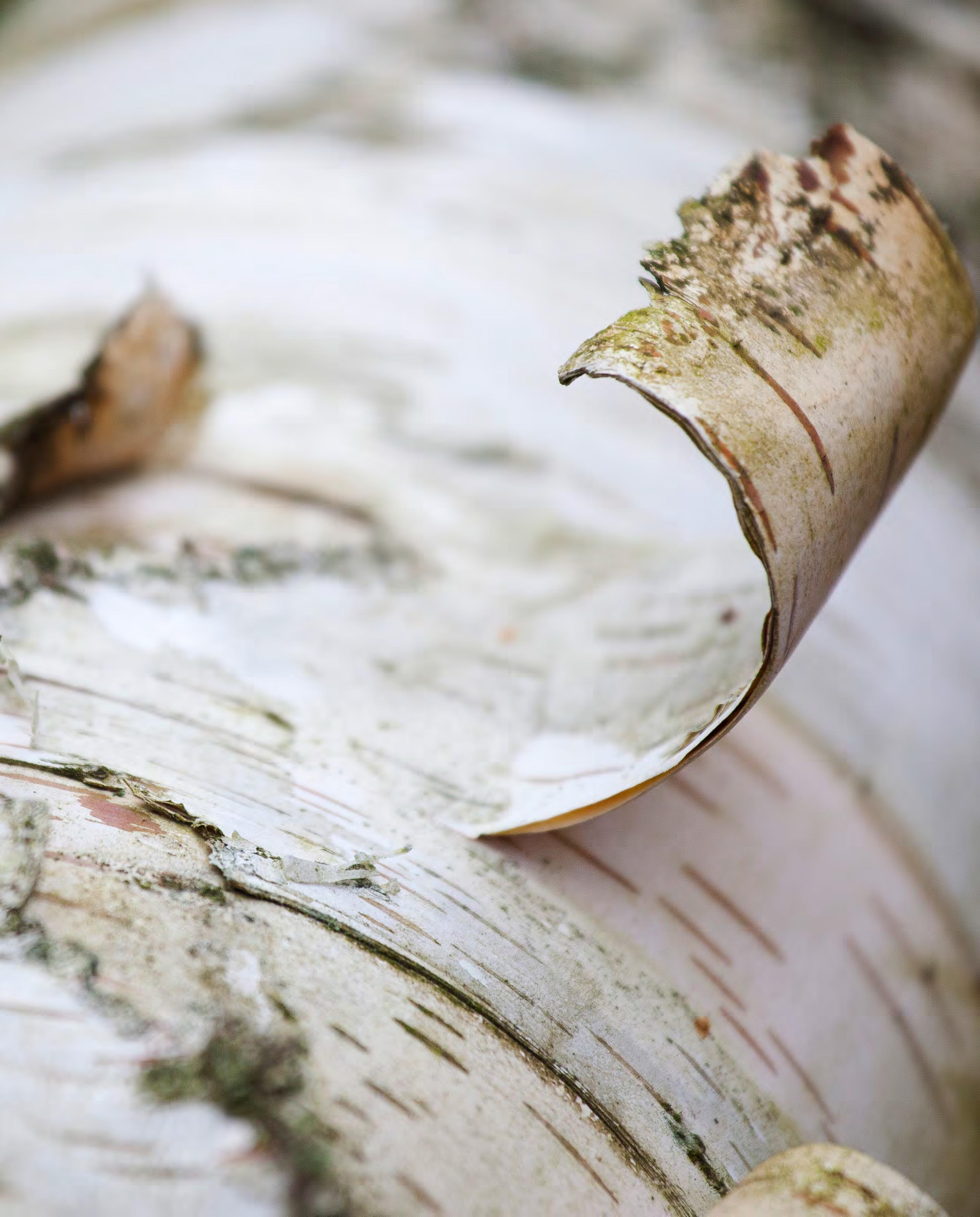


1 EU Strategy for Sustainable and Circular Textiles, European Commission
2 The State of Fashion 2024: Finding pockets of growth as uncertainty reigns, McKinsey & Company
3 A global first for circularity: Södra and Lenzing receive largest EU LIFE subsidy for recycling project, Lenzing Group
4 Biggest ever EU LIFE textile funding to the recycling system OnceMore®, Södra
5 Manshoven, S., Christis, M., Vercalsteren, A., Arnold, M., Nicolau, M., Lafond, E., Mortensen, F.L., and Coscieme, L. 2019. Textiles and the environment in a circular economy. Eionet Report - ETC/WMGE 2019/6. European Topic Centre Waste and Materials in a Green Economy.
6 Shirvanimoghaddam K, Motamed B, Ramakrishna S, Naebe M (2020) Death by waste: fashion and textile circular economy case. Sci Total Environ 718:137317. https://doi.org/10.1016/j. scitotenv.2020.137317
7 Souchet, F., 2019. Fashion has a huge waste problem. Here's how it can change. World Economic Forum: Online https://www.weforum.org
8 EU Strategy for Sustainable and Circular Textiles, European Commission
9 Style that's sustainable: A new fast-fashion formula, McKinsey Sustainability
10 Ellen MacArthur Foundation, A new textiles economy: Redesigning fashion’s future, (2017, http://www.ellenmacarthurfoundation.org/publications)
11 Textiles and the Environment: The Role of Design in Europe's Circular Economy, European Environment Agency
12 ECOS, 2021; Östlund et al., 2020
13 Does large-scale textile recycling in Europe reduce climate impact? A consequential life cycle assessment, Swedish Environmental Research Institute
14 Circular Economy for Textils: Taking responsibility to reduce, reuse and recycle textile waste and boosting markets for used textiles, European Commission
A COLLABORATION BETWEEN ONCEMORE® AND LENZING ©2024